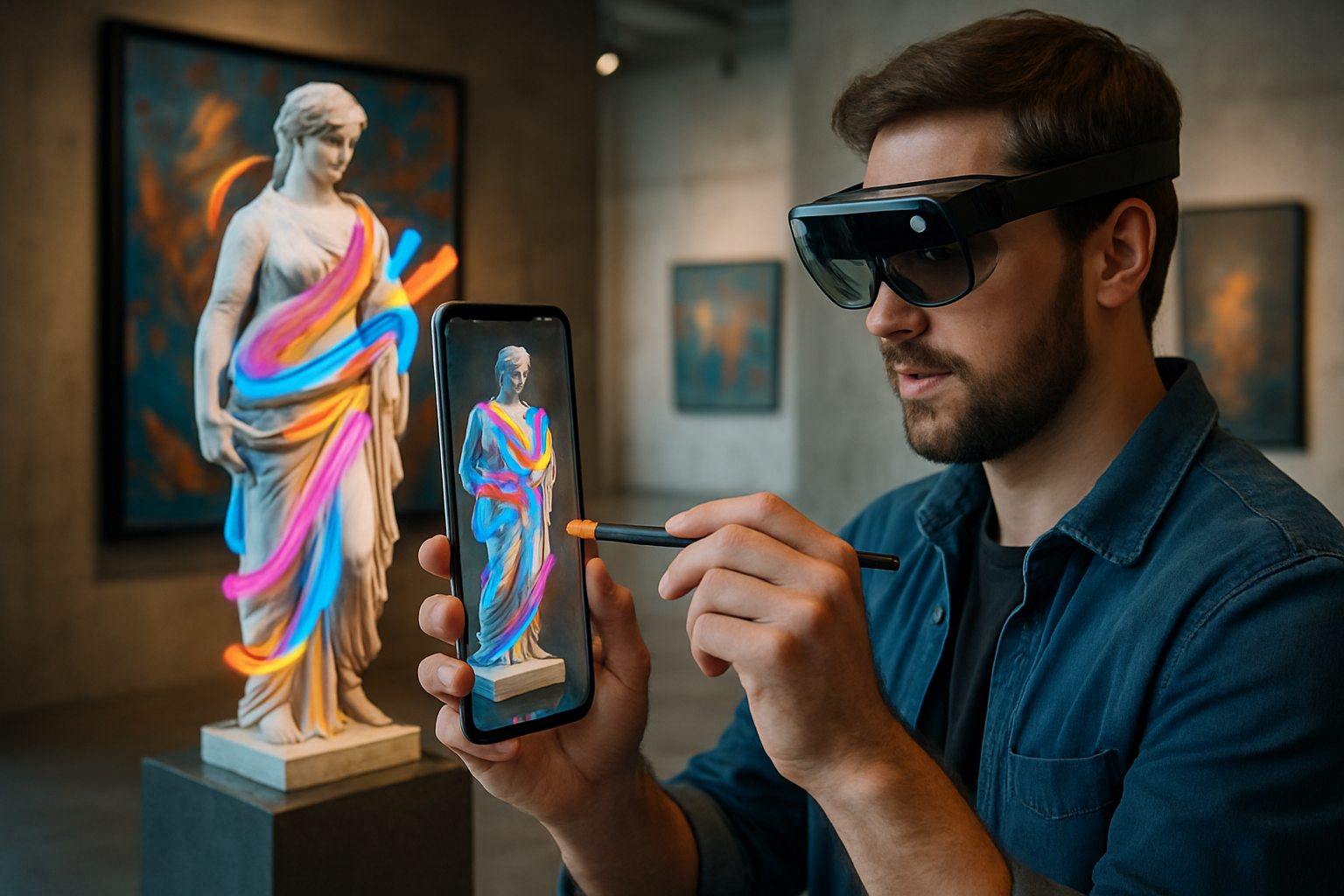Leveraging Biomimicry in Industrial Design
Industrial innovation inspired by nature's ingenuity Biomimicry, the practice of emulating nature's time-tested patterns and strategies, is revolutionizing industrial design. By tapping into billions of years of evolutionary refinement, manufacturers are unlocking groundbreaking solutions to complex challenges. This approach not only enhances product performance but also often leads to more sustainable and efficient processes.

The term “biomimicry” was popularized by scientist and author Janine Benyus in her 1997 book “Biomimicry: Innovation Inspired by Nature.” Since then, researchers and engineers have been increasingly turning to nature for solutions to design challenges across various industries.
Nature’s Blueprints: Translating Biological Principles
One of the key aspects of biomimicry in industrial design is the translation of biological principles into practical applications. This process involves identifying a design challenge, researching how nature has solved similar problems, and then adapting those solutions to human needs.
For instance, the kingfisher’s beak inspired the redesign of Japan’s high-speed bullet trains. Engineers observed that kingfishers could dive from air into water with minimal splash, thanks to their streamlined beaks. This insight led to a redesign of the train’s nose, resulting in reduced noise pollution and improved energy efficiency.
Enhancing Material Properties Through Bio-Inspiration
Biomimicry has led to significant advancements in material science. By studying natural structures, researchers have developed materials with enhanced properties that outperform traditional alternatives.
One notable example is the development of self-cleaning surfaces inspired by lotus leaves. The lotus effect, where water droplets roll off leaves carrying dirt particles, has been replicated in paints, fabrics, and building materials. This innovation reduces the need for chemical cleaners and maintenance, offering both environmental and economic benefits.
Optimizing Industrial Processes with Nature’s Efficiency
Nature’s processes are inherently efficient, having been refined over millions of years of evolution. By mimicking these processes, industries can significantly improve their operational efficiency and reduce waste.
The spider’s ability to produce silk that is stronger than steel yet incredibly lightweight has inspired advancements in fiber technology. Researchers are developing synthetic spider silk for applications ranging from bulletproof vests to medical implants, potentially revolutionizing multiple industries.
Biomimicry in Energy Systems and Resource Management
As industries strive for sustainability, biomimicry offers valuable insights into energy-efficient systems and resource management. Natural ecosystems operate on closed-loop systems where waste from one process becomes food for another.
This principle has inspired industrial symbiosis, where waste or by-products from one industry are used as raw materials for another. For example, the Kalundborg Eco-Industrial Park in Denmark exemplifies this approach, with multiple industries exchanging resources in a closed-loop system, significantly reducing waste and improving overall efficiency.
Practical Applications of Biomimicry in Industry
• Ventilation systems inspired by termite mounds for energy-efficient buildings
• Water filtration technology mimicking the gills of fish
• Adhesives based on gecko feet for improved bonding without chemicals
• Wind turbine blades designed after humpback whale flippers for increased efficiency
• Shock-absorbing materials inspired by the structure of woodpeckers’ skulls
The Future of Bio-Inspired Industrial Design
As our understanding of biological systems deepens and technology advances, the potential for biomimicry in industrial design continues to expand. The integration of artificial intelligence and machine learning with biomimicry principles promises to accelerate the discovery and implementation of nature-inspired solutions.
By embracing biomimicry, industries can not only enhance their products and processes but also contribute to a more sustainable and harmonious relationship with the natural world. As we face increasingly complex global challenges, looking to nature’s proven strategies may well be the key to crafting innovative, resilient, and sustainable industrial solutions for the future.





